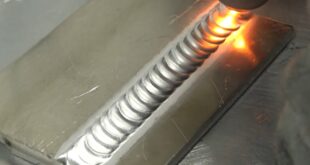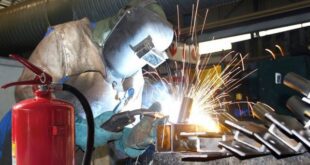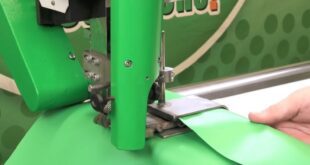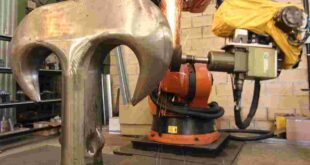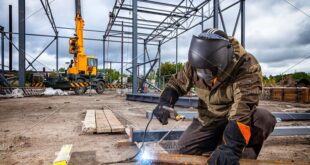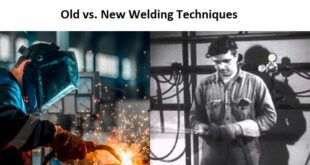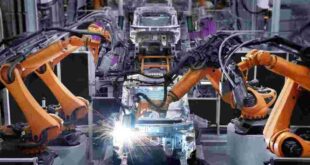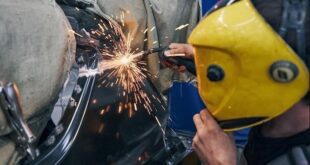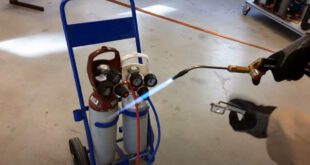Pulse TIG welding Introduction Pulse TIG Welding represents a refinement of conventional TIG welding, wherein the welding current is modulated to alternate between high and low levels at a controlled frequency. Unlike continuous current welding, which applies a constant current throughout the welding process, pulse welding alternates between a peak …
Read More »Resistance butt Welding
Introduction Resistance butt welding is a solid-state welding process wherein two metal workpieces are joined together by the application of heat and pressure. Unlike traditional fusion welding methods that involve melting the base metals, resistance butt welding relies on the generation of heat through electrical resistance at the interface of …
Read More »Arc Length, Weld Speed and Welding Current
Introduction Welding is a complex and intricate process that involves the fusion of materials to create strong and durable bonds. Within the realm of welding, three critical parameters significantly influence the quality of the weld: Arc Length, Weld Speed, and Welding Current. Understanding these factors is crucial for welders and …
Read More »Hot Wedge Welding
Hot Wedge Welding: Applications, Functionality, Materials, and Safety Introduction: Hot Wedge Welding (HW) is a versatile and efficient welding technique widely employed in various industries. This ultimate guide aims to provide comprehensive insights into the uses, functionality, materials, and safety considerations associated with Hot Wedge Welding. Overview of Hot Wedge …
Read More »Robotic Grinding and Sanding Automation
Robotic Grinding and Sanding Automation In today’s rapidly evolving industrial landscape, the term “automation” has become synonymous with efficiency, precision, and cost-effectiveness. Robotic Grinding and Sanding Automation is at the forefront of this automation revolution, offering a myriad of advantages to various industries. This article delves into the world of …
Read More »Welding in Construction Industry
Welding in Construction Industry: A Comprehensive Overview The construction industry stands as one of the pillars of modern society, shaping the infrastructure and buildings that we rely on daily. Welding, a vital process within this sector, plays an instrumental role in joining metals, creating robust and enduring structures. In this …
Read More »Old vs. New Welding Techniques
Old vs. New Welding Techniques: Bridging Tradition and Innovation Introduction Welding, a process that unites materials through heat and skill, stands as a cornerstone of industrial development. The evolution of welding techniques, from the age-old traditions to the cutting-edge innovations of today, paints a fascinating portrait of progress in the …
Read More »Robotic Welding in the Automotive Industry: Revolutionizing Manufacturing Processes
Robotic Welding in the Automotive Industry In the fast-paced world of automotive manufacturing, innovation and efficiency are paramount. Robotic welding, a groundbreaking technological advancement, has emerged as a game-changer in the industry. This article delves into the transformative impact of robotic welding in the automotive sector, examining its benefits, applications, …
Read More »What Is Chemical Welding?
What Is Chemical Welding? Introduction Definition of Chemical Welding Chemical welding refers to a specialized joining technique that involves creating strong bonds between materials through chemical reactions at the atomic or molecular level. Unlike traditional welding methods that rely on melting and solidifying the materials, chemical welding relies on the …
Read More »What Is Air Acetylene Welding?
What Is Air Acetylene Welding? Introduction Definition of Air Acetylene Welding Air Acetylene Welding is a welding process that utilizes a mixture of acetylene gas and atmospheric air as the fuel to generate a high-temperature flame. This flame is used to melt and join metals or other materials together, creating …
Read More » Welding of Welders All about Welding and Welders
Welding of Welders All about Welding and Welders
